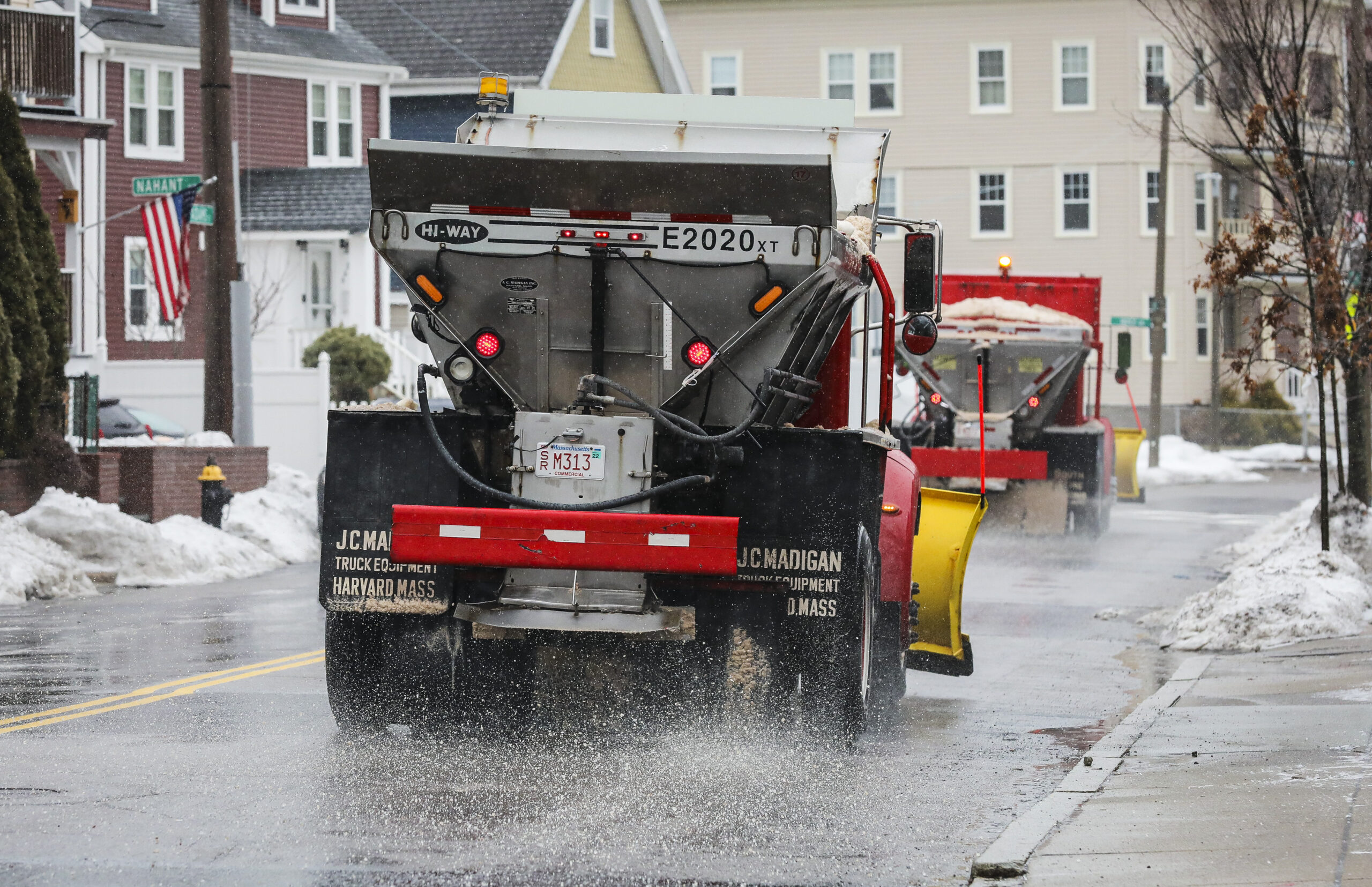The Hidden Cost of Safety: How Road Salt Could Be Contaminating Your Tap Water

Winter's icy grip transforms roads into treacherous landscapes, prompting a widespread solution that comes with an environmental cost. Across the nation, municipalities and individuals liberally deploy millions of tons of road salt each year, creating a hidden ecological challenge. As these salt crystals melt snow and ice, they don't simply disappear—instead, they seep into surrounding freshwater ecosystems, silently disrupting delicate aquatic environments.
The seemingly innocuous act of spreading salt to ensure safer winter travel carries profound consequences for nearby waterways. Runoff from salted roads gradually infiltrates streams, rivers, and groundwater, introducing high sodium concentrations that can dramatically alter the fragile balance of local wildlife habitats. This annual ritual of winter road maintenance poses a subtle yet significant threat to the intricate web of life dependent on these freshwater systems.
Environmentalists and ecologists increasingly call for more sustainable de-icing strategies that can protect both public safety and the surrounding natural environment, highlighting the urgent need to balance human convenience with ecological preservation.

